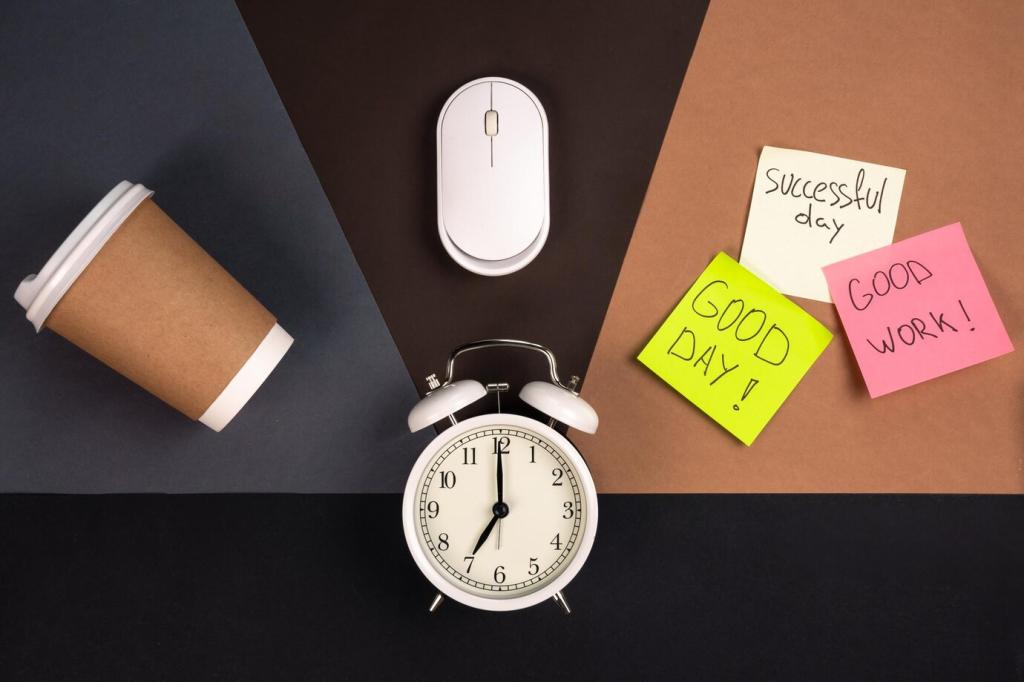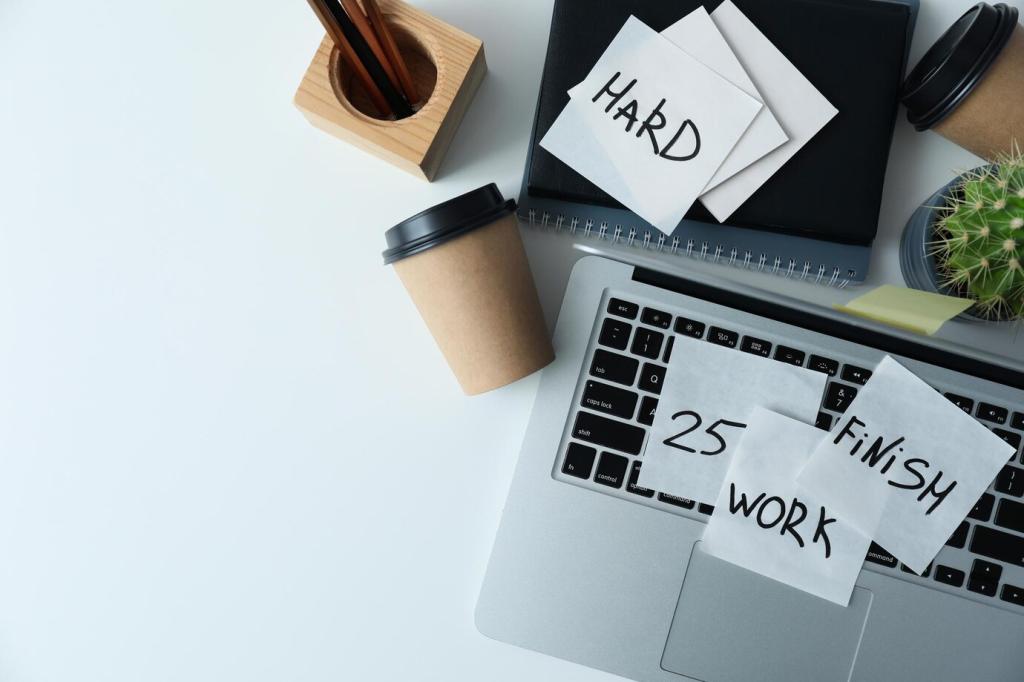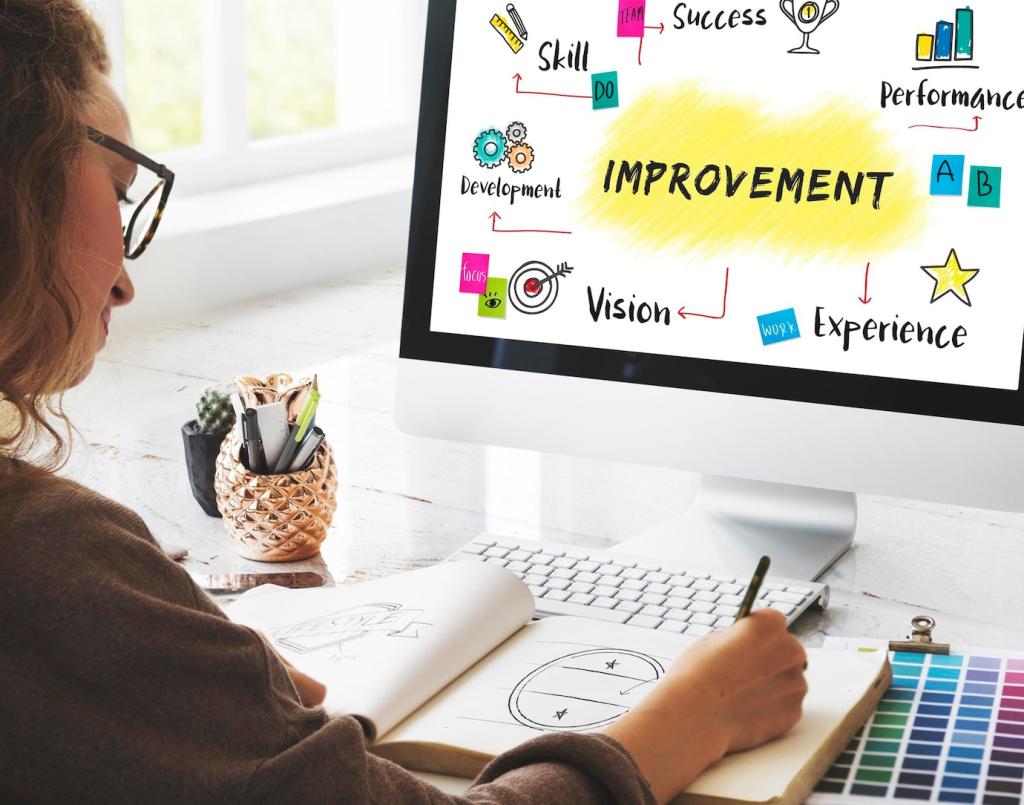Ergonomic Setup for Maximum Throughput
Set keyboard height so your elbows hover near ninety degrees, shoulders down and relaxed. Keep wrists straight, not cocked upward, to prevent strain during long typing sprints. A compact keyboard reduces reach. Share a photo of your setup and describe the single adjustment that yielded the biggest comfort gain.
Ergonomic Setup for Maximum Throughput
Raise the monitor so your eyes land around the top third of the screen, avoiding neck tilt. Maintain comfortable viewing distance—usually an arm’s length. If you use a laptop, add a stand and external keyboard. Subscribe for our printable checklist, and tell us how your neck feels after a week.






